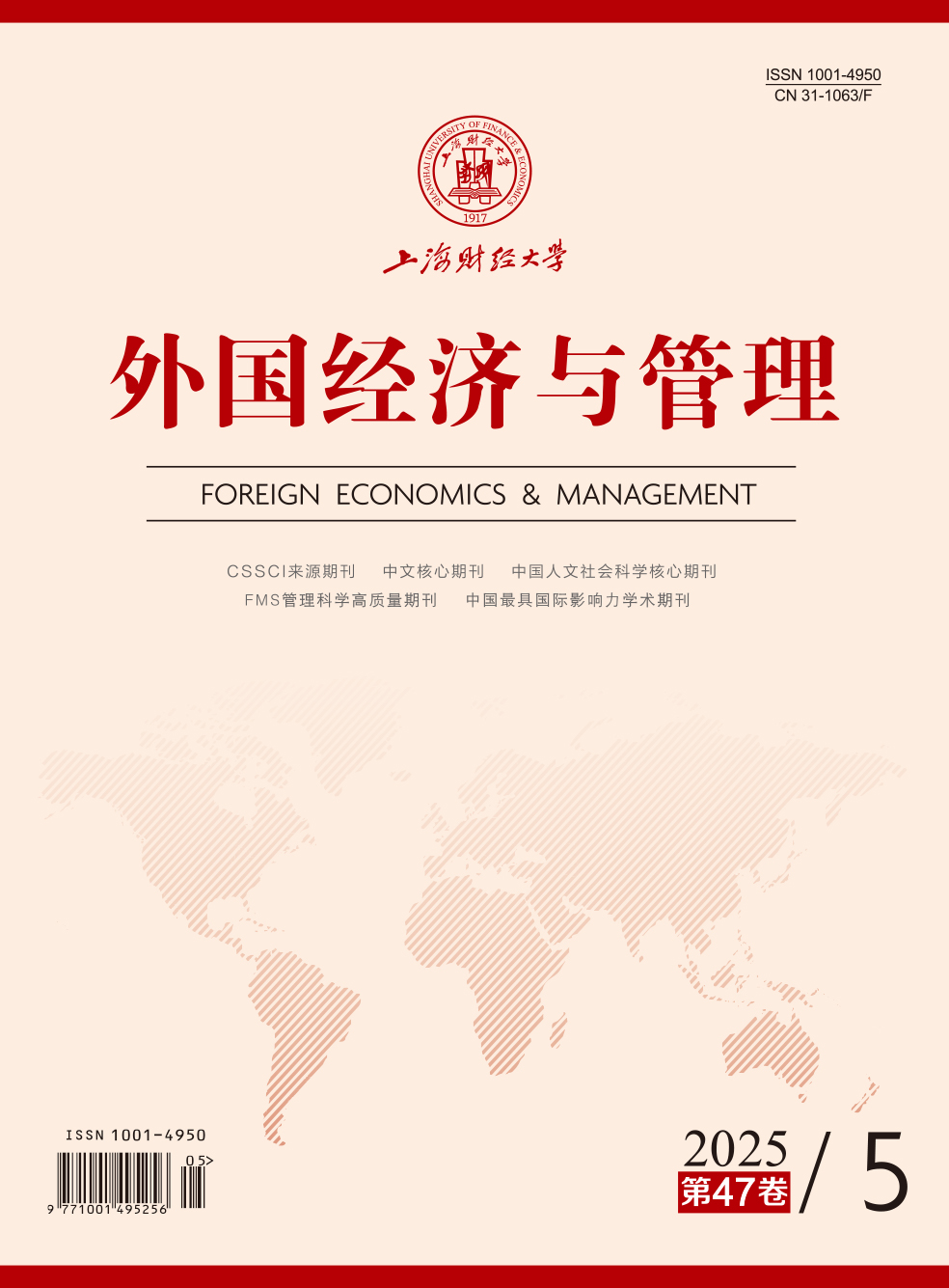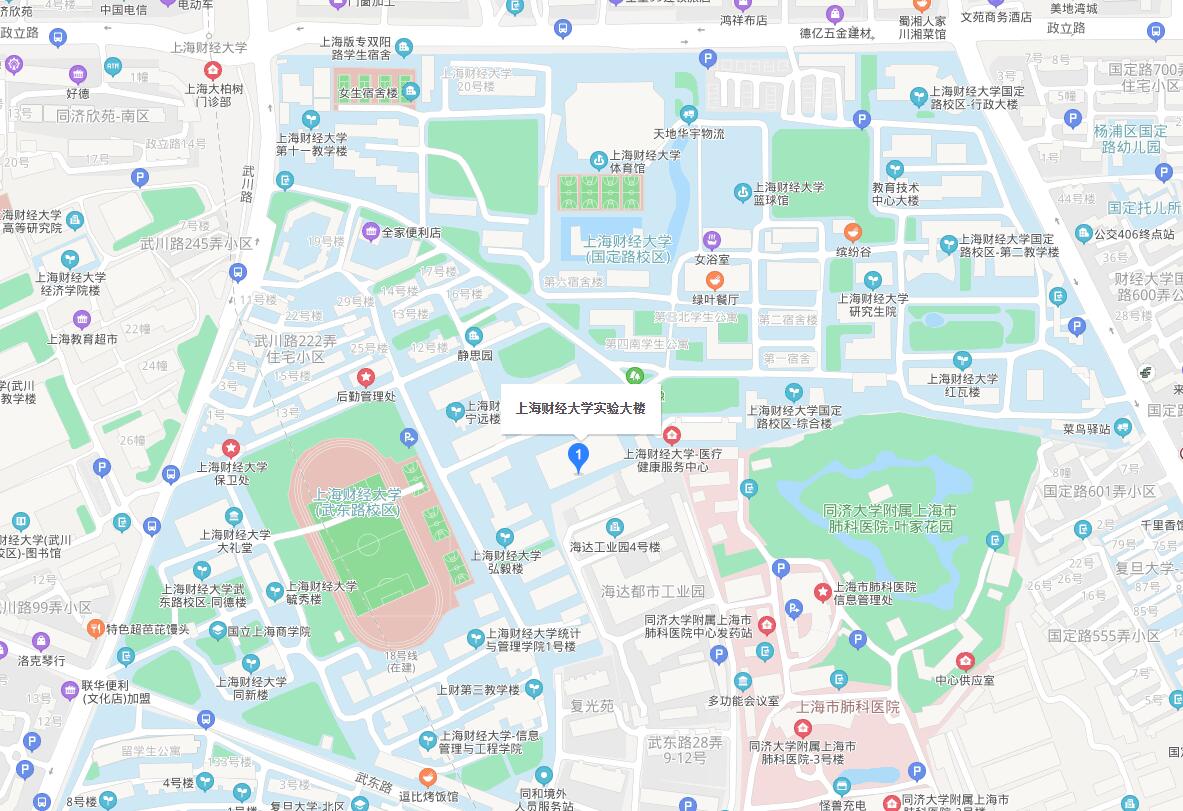Based on the quasi-natural experiment of the revision of Labor Contract Law in 2013 and the implementation of Interim Provisions on Labor Dispatch in 2014, this paper explores the impact of flexible employment on enterprises’ total factor productivity (TFP) by using the DID method with a sample of China’s A-share listed companies over the period 2010-2021. The study finds that flexible employment significantly increases TFP, and the conclusion still holds after a series of robustness tests. Mechanism testing shows that flexible employment enhances TFP through three paths: reducing labor costs, enhancing innovation capacity, and improving investment efficiency. Heterogeneity analysis shows that this positive effect is more significant in enterprises whose life cycle is in the growth and maturity stages, whose risk-taking is higher, and whose technological level of the industry they work in, level of the rule of law in the region they work in, and level of their development are better. This paper reveals the mechanism by which flexible employment boosts the quality and efficiency of enterprises, and provides inspiration and reference for optimizing the allocation of enterprise resources, enhancing the productivity of enterprises, and promoting government departments to guide the orderly development of flexible employment.
 / Journals / Foreign Economics & Management
/ Journals / Foreign Economics & ManagementForeign Economics & Management
JIN Yuying, Editor-in-Chief
ZhengChunrong, Vice Executive Editor-in-Chief
YinHuifang HeXiaogang LiuJianguo, Vice Editor-in-Chief
Flexible Employment and Enterprises’ Total Factor Productivity
Foreign Economics & Management Vol. 47, Issue 05, pp. 35 - 49 (2025) DOI:10.16538/j.cnki.fem.20241128.201
Summary
References
Summary
Cite this article
Chen Jiaying, Li Zengfu. Flexible Employment and Enterprises’ Total Factor Productivity[J]. Foreign Economics & Management, 2025, 47(5): 35-49.
Export Citations as:
For
ISSUE COVER
RELATED ARTICLES




 2429
2429  4886
4886

